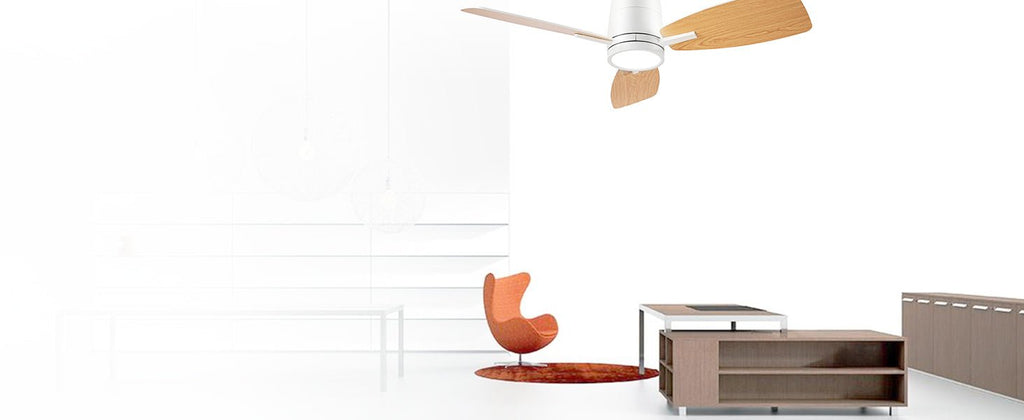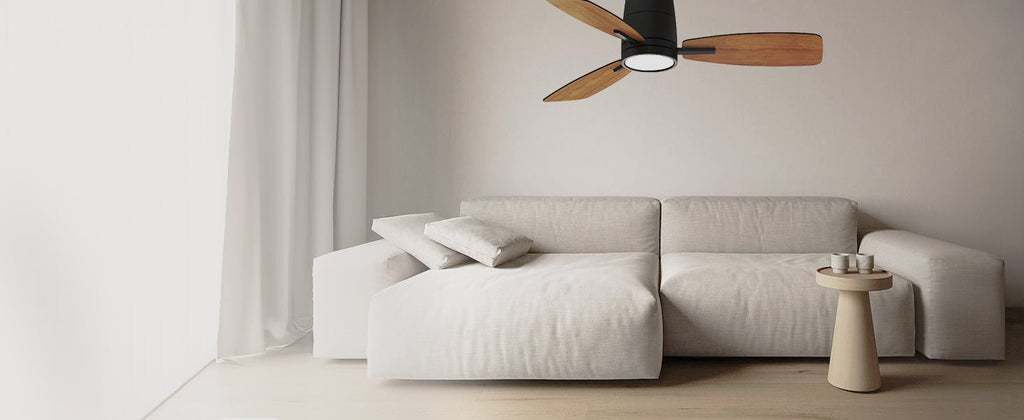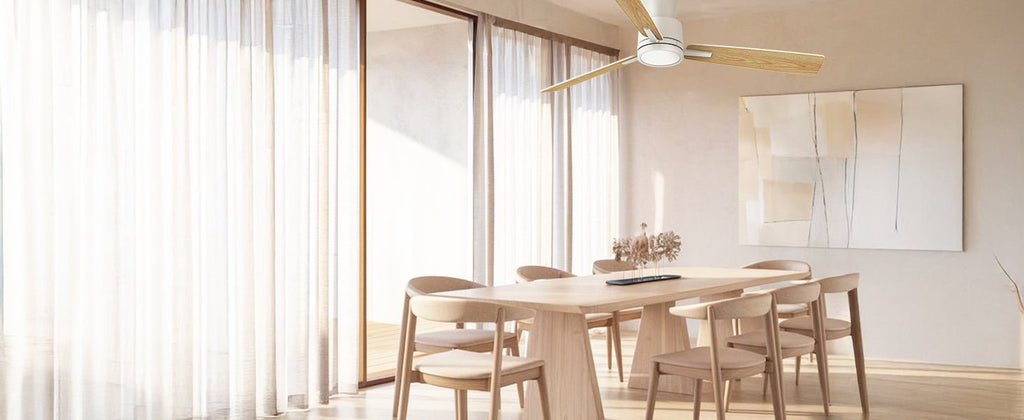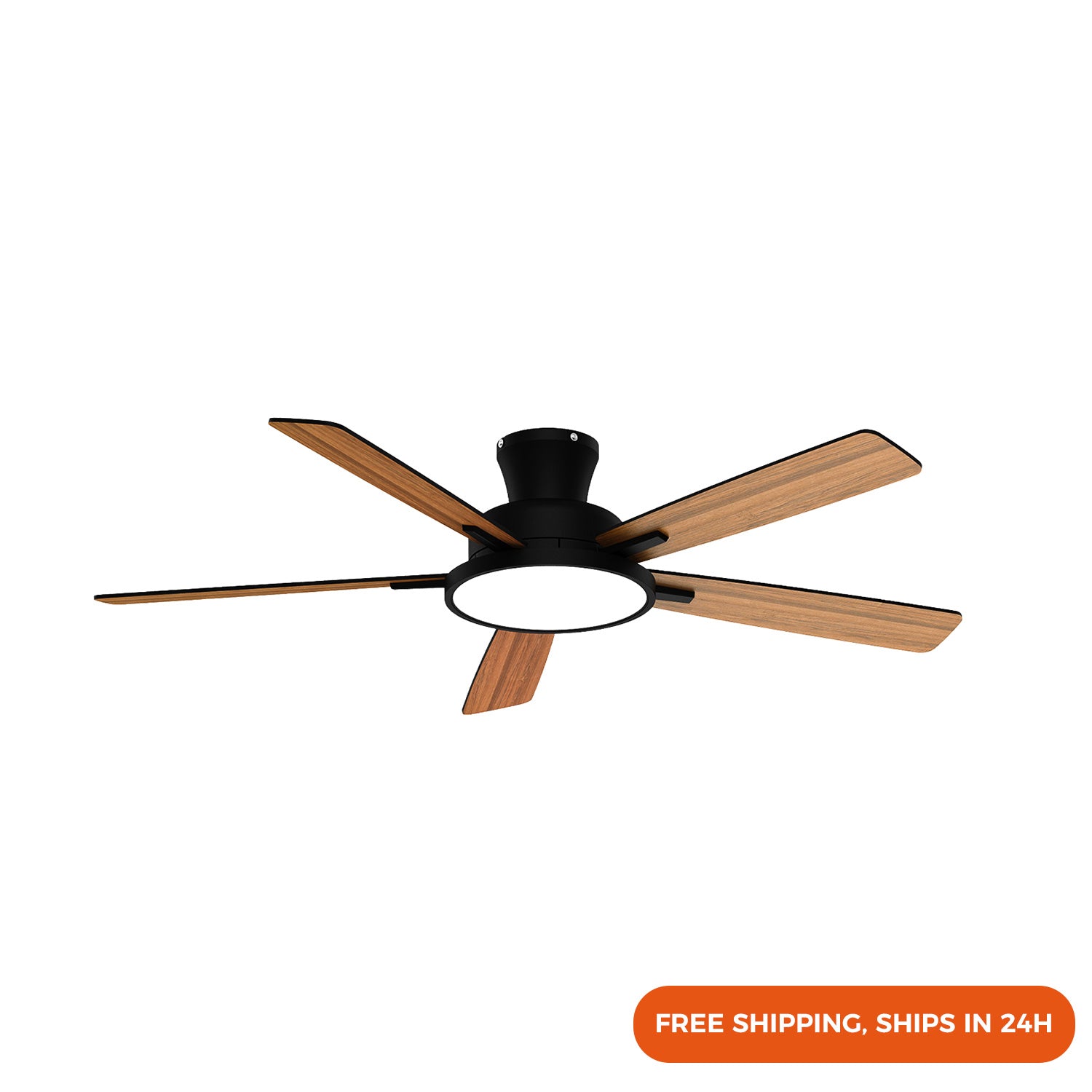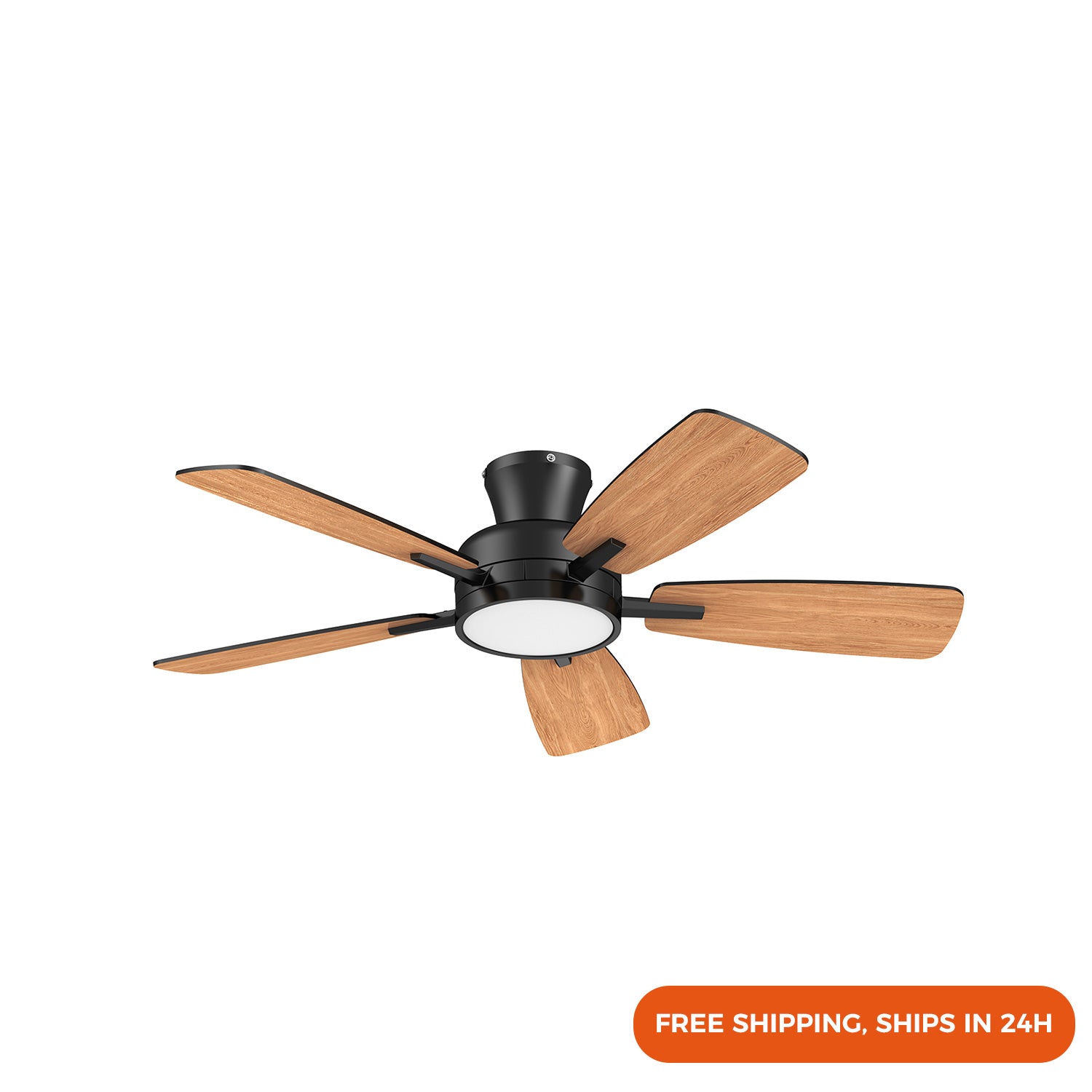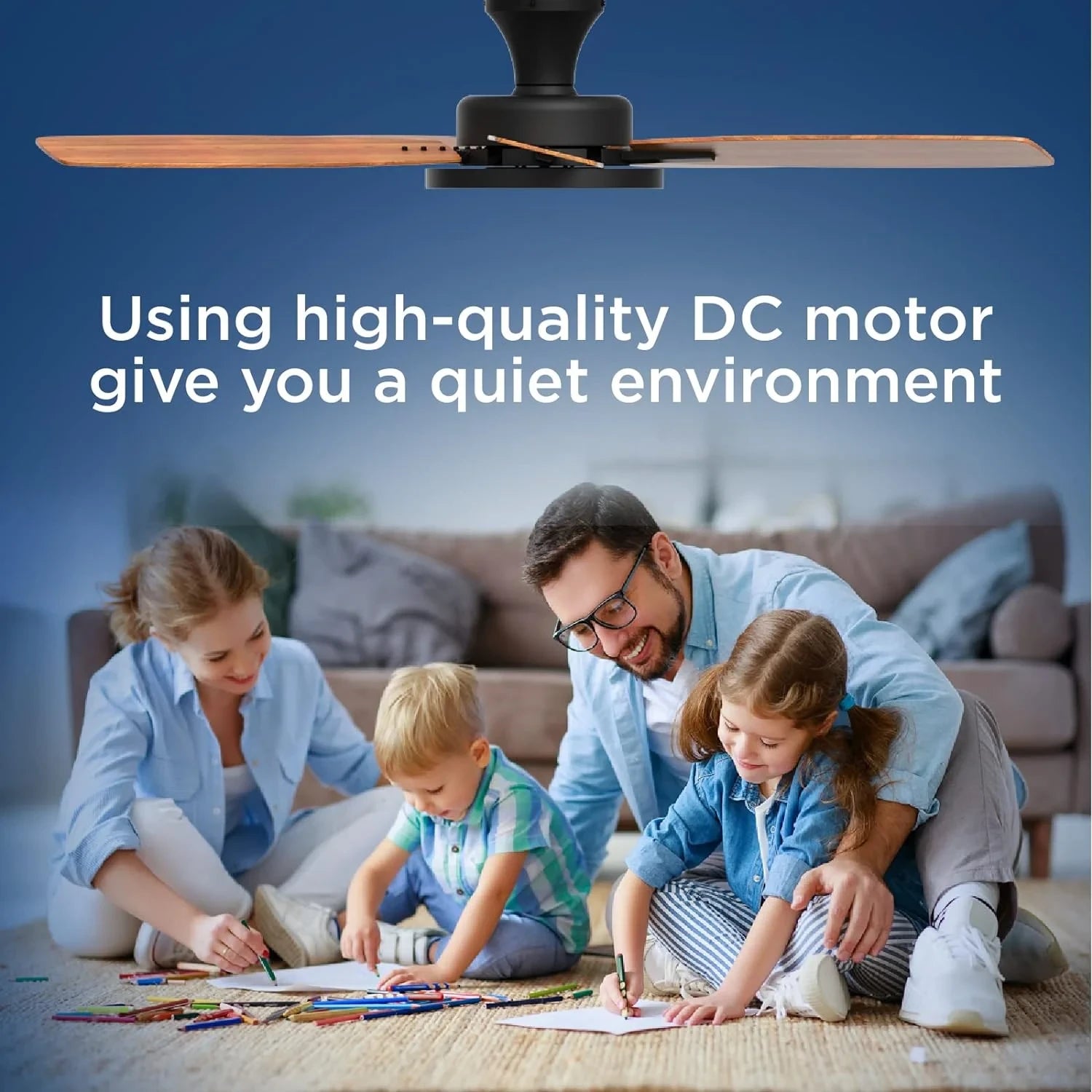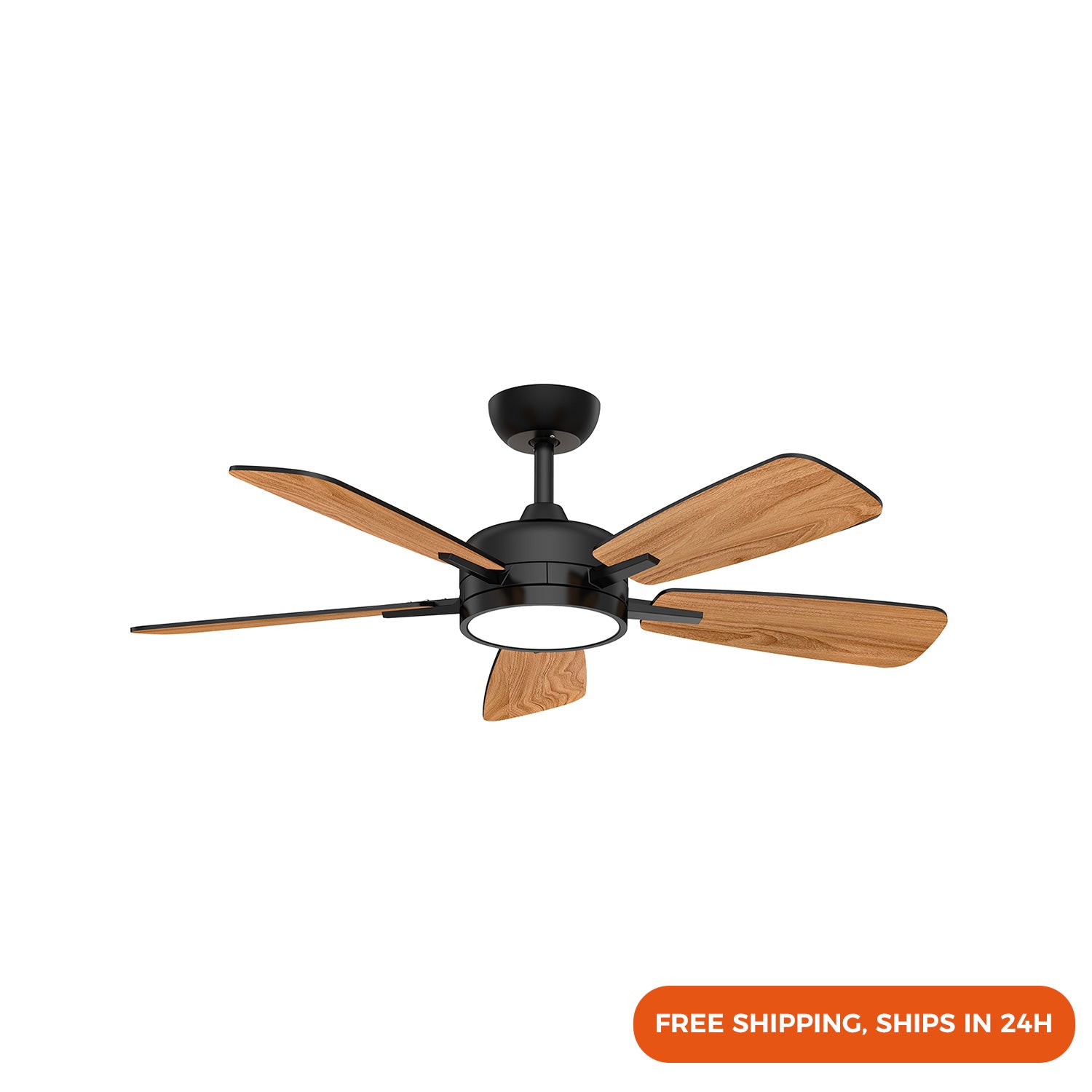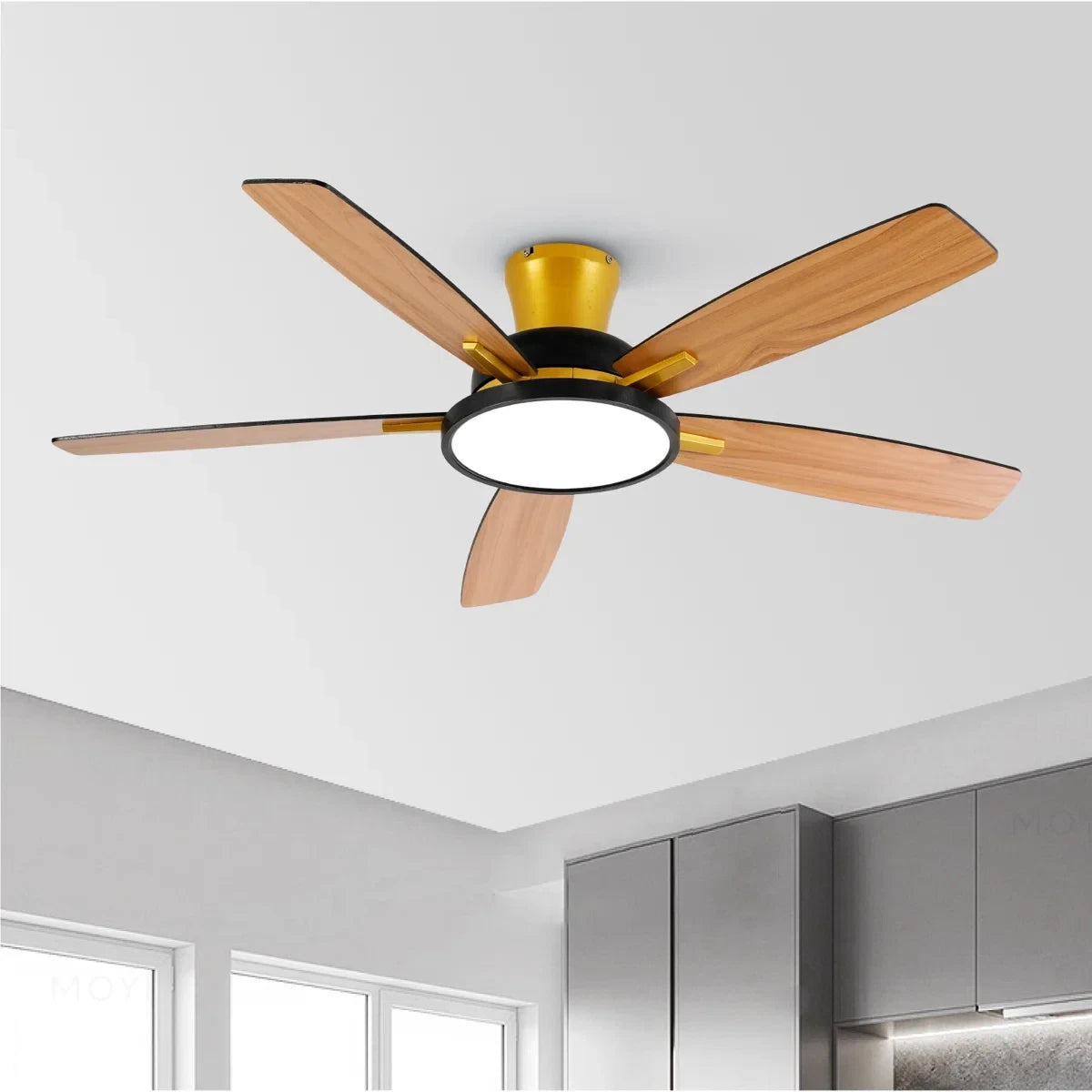
How to wire a ceiling fan light fixture

I'd be happy to provide you with instructions on how to wire a ceiling fan light fixture.
Safety First: Before starting any electrical work, always turn off the power to the circuit at the main breaker box. Use a voltage tester to confirm that no current is present in the ceiling wires.
A ceiling fan light typically involves connections for the Live (Hot) wire, the Neutral wire, and the Ground wire, plus separate wires for controlling the fan motor and the light kit.
💡Ceiling Fan Light Wiring Guide
Here are the general wiring steps. Please cross-reference these steps with the specific manual that came with your fan light, as configurations can vary.
1. Preparation
· Power Off: Ensure the circuit breaker supplying power to the ceiling box is off and verified with a tester.
· Hardware Check: Account for all components: fan body, mounting bracket, remote receiver (if applicable), and wire nuts/connectors.
· Ceiling Box Wires: Identify the wires coming from your ceiling box: Live (L), Neutral (N), and Ground (E).
2. Install Mounting Bracket
· Securely attach the mounting bracket to the ceiling junction box. This must be strong enough to support the weight of the entire fan.
3. Connect Main Power Wires
This step connects the main power supply from your house wiring to the fan/receiver unit.
| House Wiring (Ceiling Box) | Fixture/Receiver Wire | Function/Description |
| Live/Hot (L) (Usually Black or Brown) | Live/Hot (L) (Usually Black or Brown) | Connects to the power source. |
| Neutral (N) (Usually White or Blue) | Neutral (N) (Usually White or Blue) | Connects to the neutral side of the source. |
| Ground (E) (Usually Green or Green/Yellow) | Ground (E) (Usually Green or Green/Yellow) | Safety connection—must always be connected. |
· Connection Method: Use the supplied wire nuts or connectors to make a tight, secure connection between wires of the same function. Ensure no bare copper is exposed outside the connector.
4. Connect Fan and Light Control Wires (If Using a Remote Receiver)
If your fan uses a remote control, there will be an Input side and an Output side on the receiver unit.
1. Mount Receiver: Secure the remote receiver into the space provided in the mounting bracket or canopy.
2. Input Connection: Connect the wires from Step 3 (L, N) to the Input side of the receiver (often marked AC IN L and AC IN N).
3. Output Connection: Connect the wires coming from the fan/light components to the Output side of the receiver:
· Connect the wires going to the Light Kit (often Red or Blue).
· Connect the wires going to the Fan Motor (often Black or another color).
💡 Note: If you have a traditional dual-wall switch (one switch for the light, one for the fan speed), the connection is more direct: connect the fixture's light wire to one switched leg and the fan motor wire to the other switched leg. Consult your manual to confirm which wire is which.
5. Final Assembly and Testing
·Attach Fan Body: Hang or secure the fan motor housing onto the mounting bracket as per instructions.
·Install Light Kit: Connect the light kit wiring (if separate) and secure the light cover or bulbs.
·Tidy Wires: Carefully tuck all connected wires back up into the ceiling box or canopy, ensuring they are not pinched.
·Test: Restore power at the main breaker and test all fan speeds and light functions using the wall switch or remote control.
⚠️ CRITICAL SAFETY WARNING:
If you are uncomfortable with household electrical wiring or if the wiring in your ceiling box is confusing, please hire a licensed electrician to complete the installation to prevent fire hazards or electric shock.
The Ground wire connection is vital for user safety—do not omit it.
To help you further, could you tell me how your fan light is controlled (e.g., Does it come with a remote control, or does it rely on separate wall switches)? This will help tailor the wiring advice to your specific model.


